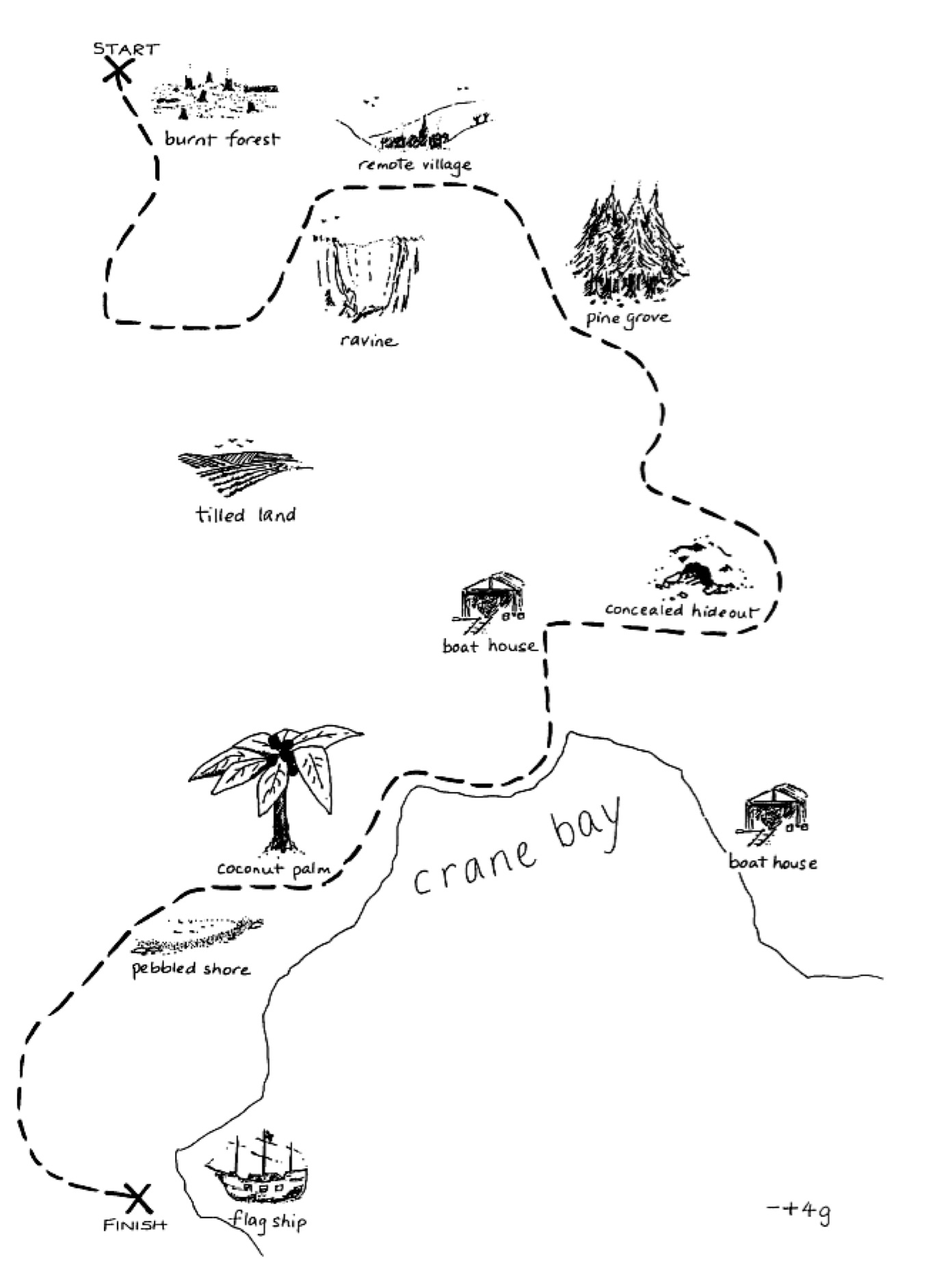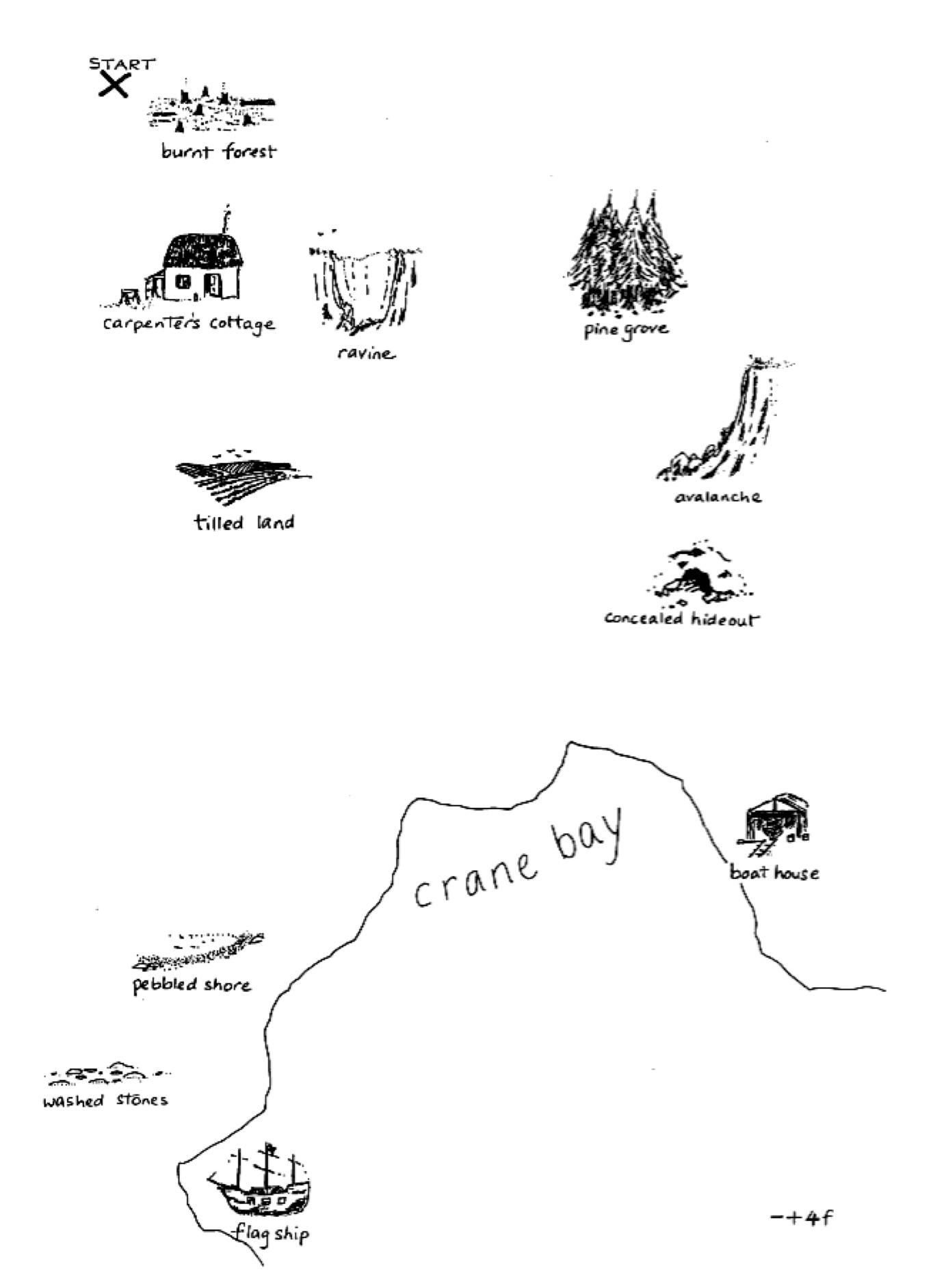
Welcome!
The EM project this year invites you to analyse data from the MapTask corpus, a dataset created here in Edinburgh that was collected by asking participants to play a map game. The resulting transcribed dialogues provide a rich dataset for the analysis of patterns of language use in (controlled) social contexts. Full details of the corpus are http://groups.inf.ed.ac.uk/maptask/index.html. Below you will find information about the corpus and links to the dialogue files you will be working with.
For now, just read over this material. During week 8 you will see how to do a sample annotation in that week's course materials on Learn, and you will be working with your own files with your tutorial group in the next couple weeks.
The MapTask dialogues are unscripted (hence, natural conversation) while structurally similar (hence, easier to compare with each other). Each dialogue consists of a conversation between a pair of participants, each with a map in front of them. The participant in the "guide" role has a path indicated on their map, and they are trying to convey to the "follower" how to replicate that path on their map. They cannot see each other's maps and the maps are slightly different. See the sample pair of guide/follower maps at the bottom of this page.
Here is a sample dialogue between two participants working with the maps below:
For LEL2B, your task is to annotate the utterances in the dialogues in order to permit an analysis of the referring expressions speakers use. You'll eventually combine your annotations with those of the other groups. You will then conduct further analyses on the entire dataset for your final research report.
Individual annotations due by noon on Friday 14 November: Files will be assigned in Week 8. When completed, download the file from Google sheets as .xlsx and submit to hannah.rohde@ed.ac.uk.
Individual final reports (Assessment #3) due noon on Thursday 4 December: Assignment specifications to be released by the end of Week 8. When completed, submit on Learn through TurnItIn.
The utterances vary in a few ways, and these properties are indicated in the files themselves:


See the files below for the sample annotation, as demonstrated in class using the annotation instructions.
sample.txtYour dialogue files are available via the links below -- find your tutorial and you'll find the links to your files. The available files have been allocated to give everyone roughly similar amounts of data. You're asked to try your hand at annotating 100-300 lines.
Tutorial Group 01 (13:10, Brandon)